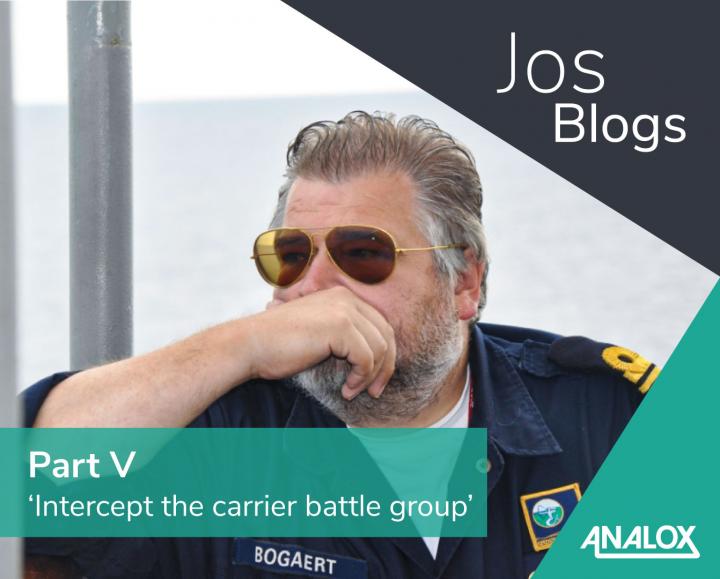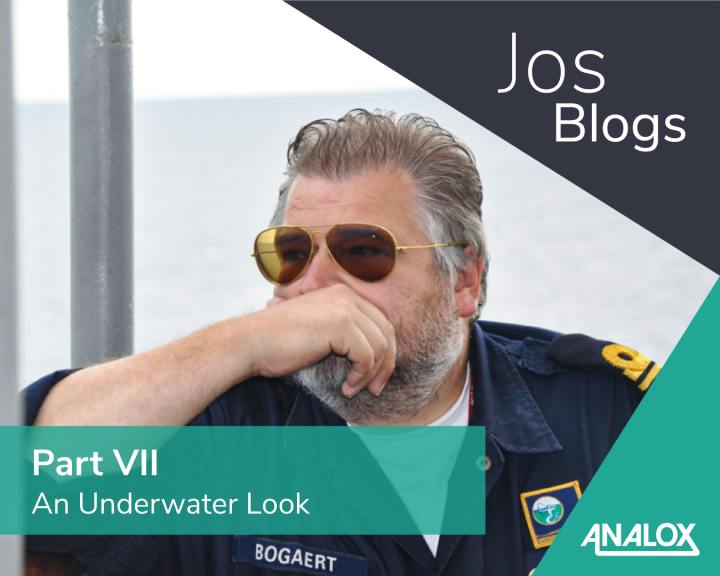PART VI
ULTRA QUIET STATE…
The sonar operators kept scanning their sectors for anything unusual that could give away the CBG. During the night they carried out domestic routines. Domestic routines include charging the air banks, pumping the bilges, blowing the sanitary tanks and also running the diesel engines submerged to charge the batteries. This routine is called ‘snorting’. The air necessary for the diesel engines is taken into the boat through the snorting mast. The snorting mast is raised just above the sea level so it takes fresh air into the engine room. Exhaust gasses are also released through the snorting mast just below sea level. A plume of smoke could betray the position of the submarine. With the batteries fully charged and also the air in the boat refreshed HMS Tuna was ready for another day.
Suddenly one of the sonar operators called the duty officer. He heard some noises to the north where the Captain expected the CBG. The duty officer had a look at the sonar screen and decided it was time to call the Captain to the control room. As the noises were getting stronger, the captain came into the control room, had a look at the sonar screen and decided that this was the CBG were they were waiting for.
Although the noises sounded far away and it was not yet possible to identify the separate ships from the CBG, the Captain decided to go to Ultra Quiet State. This means that every machine that was not absolutely necessary was switched off, ventilation was put onto low power and the boat crawled forward with a speed of about two miles. HMS Tuna made absolutely no noise that could be heard
outside the boat, she was like a black hole in the water.
The noises were getting stronger every minute and the Captain decided to go to battle stations. All crew members were now on duty and everybody was on high alert with damage control parties ready to fix any problems that could occur. The Captain was getting a clear picture now of all the individual ships in the CBG. The high value unit was the aircraft carrier but also the tanker carrying much needed fuel for the CBG. Destroyers were circling the CBG and trying to pick up sounds from submarines not belonging to the exercise and who could potentially attack the CBG.
The Captain decided to let the CBG pass to the east of him and then when they passed his plan was to turn around and follow the CBG from behind. Due to the noise from the propellers from the CBG, HMS Tuna was relatively safe.
If you missed part V, check it out below:

To see the next instalment, have a look here:
